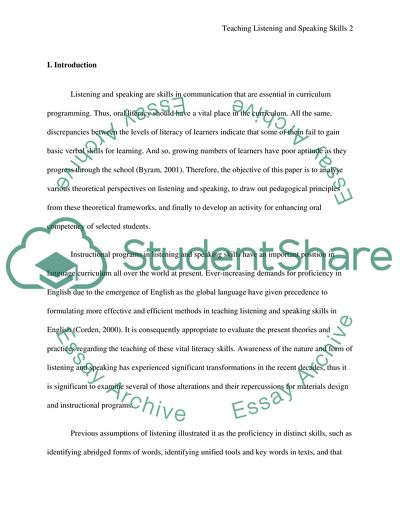Cite this document
(A Challenge to Teachers of Communication Skills Research Proposal, n.d.)
A Challenge to Teachers of Communication Skills Research Proposal. Retrieved from https://studentshare.org/journalism-communication/1727799-developing-tasks-for-oracy-development
A Challenge to Teachers of Communication Skills Research Proposal. Retrieved from https://studentshare.org/journalism-communication/1727799-developing-tasks-for-oracy-development
(A Challenge to Teachers of Communication Skills Research Proposal)
A Challenge to Teachers of Communication Skills Research Proposal. https://studentshare.org/journalism-communication/1727799-developing-tasks-for-oracy-development.
A Challenge to Teachers of Communication Skills Research Proposal. https://studentshare.org/journalism-communication/1727799-developing-tasks-for-oracy-development.
“A Challenge to Teachers of Communication Skills Research Proposal”, n.d. https://studentshare.org/journalism-communication/1727799-developing-tasks-for-oracy-development.


